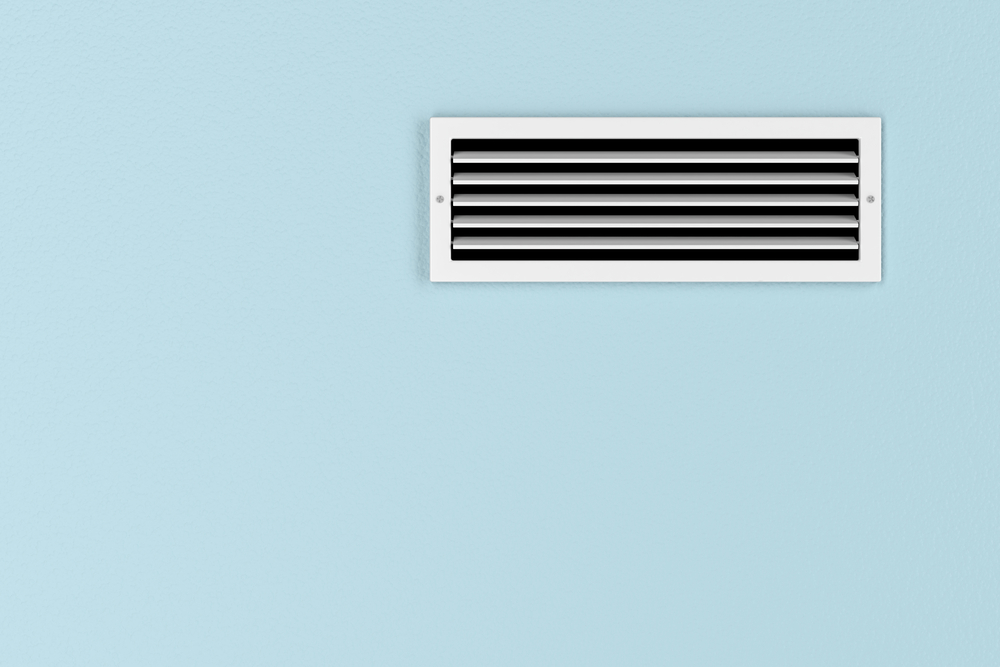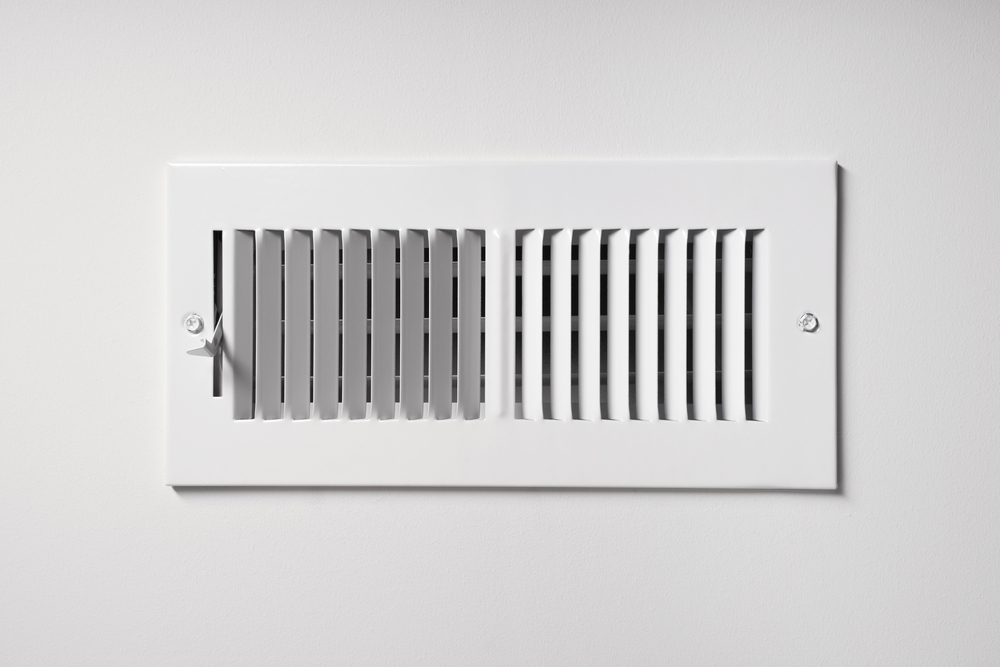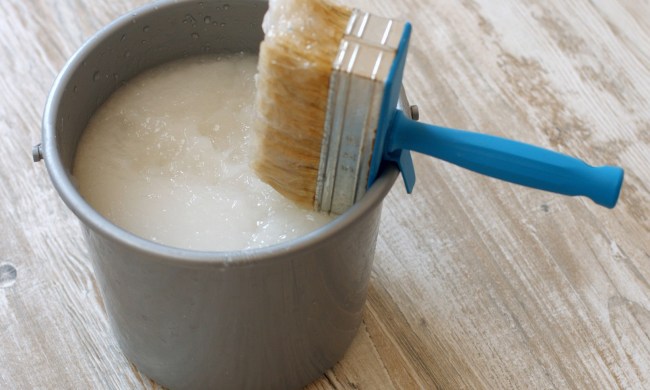Your home’s air quality is crucial not only to your health but to your peace of mind. Indoor air pollutants have been known to cause irritation to the eyes, nose, and throat, and they can be dangerous for those with severe allergies or asthma. There are also thought to be long-term health risks associated with chronic exposure to poor air quality. That’s why investing in good home air filters is so important, but how do you know which filter is right for your home and family? We’ll discuss what to look for in your home air filters — because all filters are not created equal.

What do home air filters do?
Home air filters are located on your home’s HVAC system, typically where the return air duct connects with the air handler. They capture impurities that are floating around in the air, like dust and dander (and bacteria in some more advanced products), before pushing the air back into the home’s living spaces. Home air filters not only create healthier, cleaner air, but also prevent damage to your HVAC system that happens due to a buildup of dust and other particles.
What is the MERV rating in home air filters?
When you’re choosing a home air filter, it’s important to note the minimum efficiency reporting value (MERV) of the filter. This measurement is on a scale from 1 to 20 and tells you how good the filter is at removing the smallest particles of pollutants from the air in your home. The average MERV rating of home air filters is between 8 and 13; the higher the MERV rating, the better the filter is at removing smaller particles. A MERV rating that’s higher than 16 is typically used in hospitals and other medical facilities.
Pros and cons of home air filters with high MERV ratings
As the MERV ratings of home air filters get higher, the filters are certainly better at filtering out small particles and result in cleaner air. However, home air filters with higher MERV ratings also pose issues with airflow. As the filter openings get smaller, your HVAC system has to work harder to push air through the filter, resulting in the possibility of higher energy bills.
While filters with lower MERV ratings don’t clean the air as well, they do conserve more energy than those with higher MERVs, and they’re also much cheaper.
How to choose the right home air filter for your home
Aside from picking the right size air filter for your HVAC system, the MERV rating is the most important aspect of your home’s air filter. Choosing between a low or high MERV rating isn’t just about cost. Here are some things to consider when selecting your filter’s MERV rating.
Does anyone in your home have allergies or asthma?
Chronic respiratory conditions like severe allergies and asthma are dangerous, particularly if the air quality is poor. If someone living in your home suffers from one of these conditions, a higher MERV rating may be necessary.
Do you own pets?
Your fur babies certainly leave their hair on many surfaces in your home, but their hair and dander also float around in the air, which can irritate your eyes, nose, and throat. A higher MERV rating will filter out a lot more pet dander and should be considered in homes with pets.
Do you live in a rural or urban area?
Where you live has a big impact on what MERV rating you need in your home. If you live in a rural or suburban area, your home’s air has much less pollution in it than that of homes in urban areas. If you live near factories, in a bustling city, or in areas that have frequent wildfires, a filter with a higher MERV rating will be best.

Additional tips for keeping your home’s air clean
While a good quality filter can go a long way in achieving clean air in your home, there are other ways you can reduce the toxins and pollutants in your home’s air so that your air filter doesn’t have to go it alone.
Open up your windows occasionally
Particularly if you live in a rural area, opening up your windows lets in fresh air and releases any air that contains pollutants, germs, or dust.
Groom pets regularly
Pet dander is reduced dramatically if your pet is bathed and groomed on a regular basis. Not only will they leave less hair and dander in your home, they’ll also be cleaner and happier.
Remove shoes when you enter the home
Your shoes carry in all the toxins, germs, and grime from everywhere you’ve walked that day. Removing your shoes before you enter the house keeps those pollutants from eventually floating around in the air.
Get some indoor plants
Plants are known to have air-purifying qualities, so start setting them on surfaces around your home for some clean air and beautiful decor.
You may not think very often about your home’s air quality, but it’s essential to healthy living and breathing. While there are many factors to consider when choosing the right home air filters, nothing trumps the health of you and your family. With our guide, your home will be on its way to cleaner air and a healthier indoor environment.



